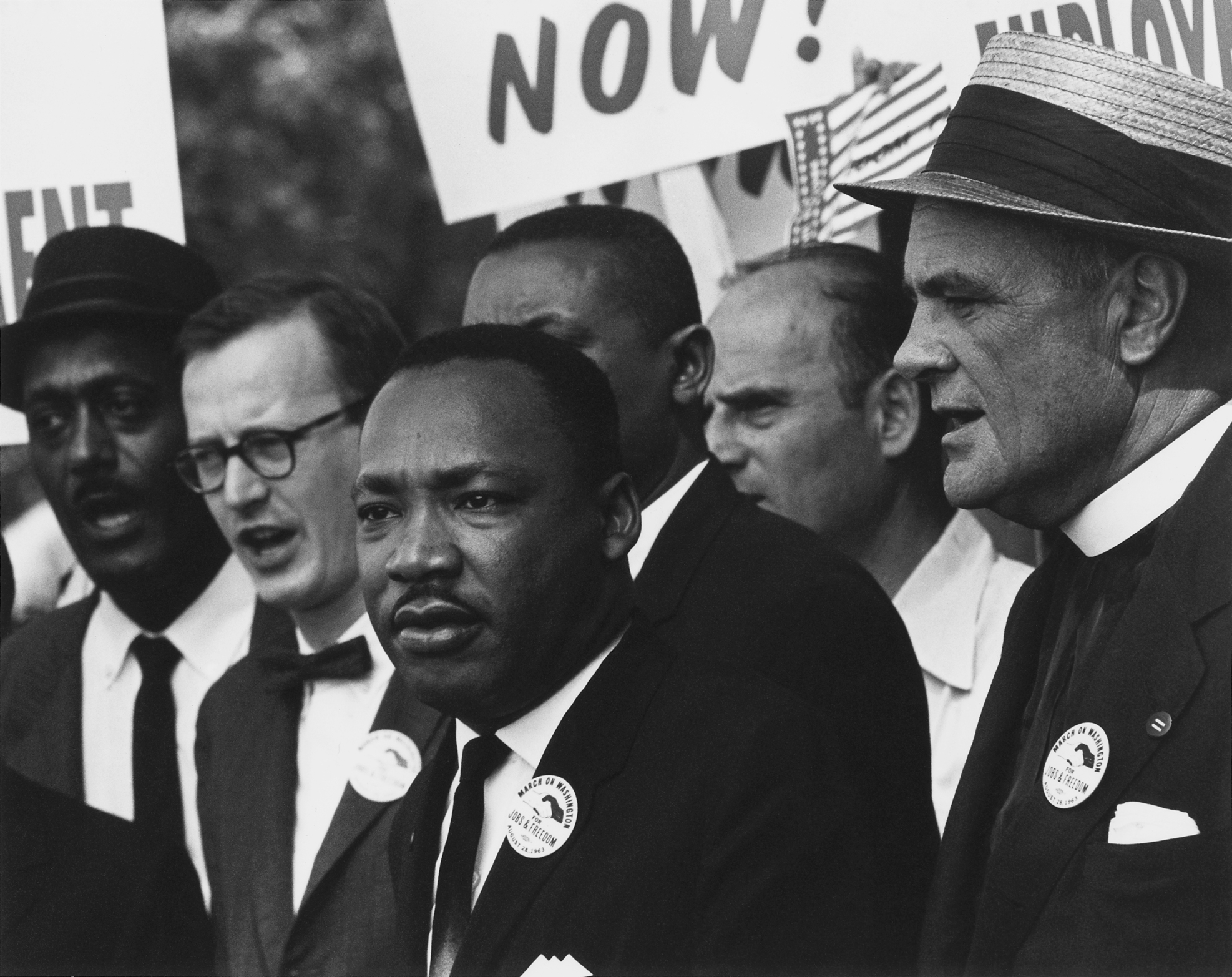Improvement to Degree Attainment Rate Should Be a Key Component of Honoring MLK Legacy

While Dr. Martin Luther King Jr. is probably most remembered for his “I Have a Dream” speech delivered in Washington, DC in 1963, his stirring orations began much earlier in his life, going back to when he was an undergraduate student at Morehouse College in Atlanta in the late 1940s.
It was at Morehouse in 1948 that Mr. King (he wasn’t a “Dr.” yet) delivered a short, but insightful, address entitled “The Purpose of Education.”
In this speech, as Mr. King grappled with the intellectual, emotional and moral aspects of college, he zeroed in on some essential truths, one being what he called education’s “two-fold function.” One function for college to perform, he wrote, is “utility” and the other, he argued, is “culture.”
By “utility,” Mr. King was referring to higher education’s practical usefulness in training a person for what he called “quick, resolute and effective thinking.” But by “culture,” Mr. King seemed to be referencing the broader, social purpose of college life, as he warned late in his remarks: “We must remember that intelligence is not enough. Intelligence plus character – that is the goal of true education.”
Mr. King continued: “The complete education gives one not only power of concentration, but worthy objectives upon which to concentrate.”
And while reflecting on those insights is a good way for each of us to spend at least part of our MLK holiday, an even more worthy way of honoring Dr. King’s legacy would be to continue to his work to improve education degree attainment in the U.S. As many have noted over the past two decades, education is the civil rights issue of the 21st century. And the startling differences in degree attainment by race demonstrate that much more needs to be done.
The completion of the college education which Mr. King was pursuing nearly 60 years ago is still elusive for most Americans, particularly for students of color. That is why I will spend the remainder of today’s blog addressing a question of practical utility – “what is causing the low college success rate?” – and suggesting some efforts that might promote greater educational attainment among all Americans.
As I have written about in the past, the low college success rate in the U.S. has two components – the lack of academic readiness for college among those who finish high school and the lack of funds to complete college in one four-year swoop for those who are able to make it to the campus gates.
Those are big issues to address, and they are two of many reasons why community colleges have become already – and will become even more so in the future – such a critical component of this country’s higher education “system.” (I put “system” in quotes because – for better or for worse, depending on your point of view – we really don’t have a “system” of U.S. higher education, but rather a loose confederation of interests across the public, private and for-profit sectors.)
Statistics show that community colleges are particularly important to students of color, as roughly half of all ethnic minority students who are studying beyond high school are, in fact, attending community college. Students who are from an ethnic minority group are more likely to start their higher education experience at a community college, and 35 percent of community college students are people of color.
While some postsecondary education is certainly better than none, and while an associate degree is preferable to no diploma, it is fair to say that the high-paying jobs of today and tomorrow will be ones that require a baccalaureate degree. That tells you that persisting through community college, and being able to transfer to a four-year school, is extremely important. Yet less than a third of community college students transfer to a four-year institution within three years of entering college.
Once community college students do transfer to a four-year institution, they graduate at the same or better rate as the entire student population, and they attain job status and earnings equal to that of alumni who spent all four years at the same school.
All of which suggests to me that policymakers may want to pay greater attention to the role that the community college pipeline can play in producing the college graduates of tomorrow. “System” or “no system,” our political and academic leaders need to address the acute, short-term need to increase the number of community college students who successfully transfer to a four-year institution.
The bottom line is that most students, regardless of their ethnicity, no longer experience college in a linear or sequential fashion, and that trend will likely accelerate in the future. But if a college education is necessary, as Mr. King said in 1948 at Morehouse, to enable one to “achieve with increasing facility the legitimate goals of life,” then various pathways must be cleared to give students the best possible chance at educational advancement and, in the end, to be able to attain their bachelors’ degree.
